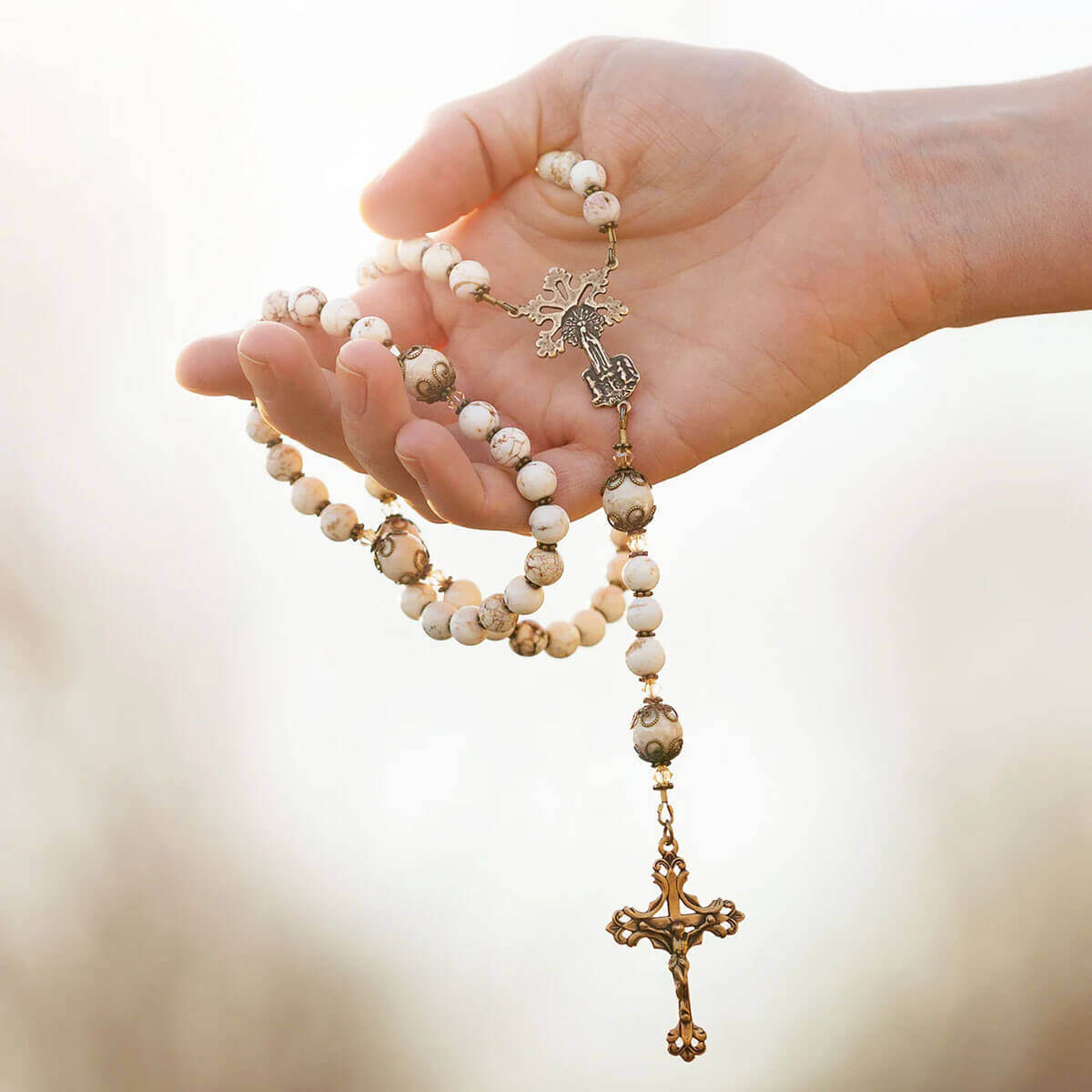The beautiful and mysterious image of the Black Madonna of Częstochowa is housed in the monastery of Jasna Góra in Poland. Featuring an icon of Our Lady holding the Child Jesus, the image is painted on wood and overlaid with stunning adornments and jewels.
The people of Poland have long held a deep devotion to this image, which has figured prominently in their history and been reverenced by monarchs, aristocrats, pontiffs—including Pope St. John Paul II—and ordinary Poles for centuries.

The original icon. (Image cropped from original by Kancelaria Sejmu/Wiki Commons)
While nothing for certain is known about the image’s origins, according to a beautiful legend it was painted by St. Luke. Looking at Mary herself, it is said, he produced the image on a cedar plank taken from a table made by Our Lord and used by the Holy Family.
The image came to Częstochowa in 1382. A Polish duke, transporting it from another city, was traveling through the town. Suddenly his horses stopped. He tried to urge them on, but they refused. He prayed for interior light to discern what to do with the image, and it was revealed to him that Jasna Góra (“Bright Hill”) was to be the image’s final home. He accordingly built a monastery and church to house the portrait, and brought the Pauline friars from Hungary to guard it.
The story of the slash marks on Mary’s face goes back to 1430, when the monastery was attacked and the icon stolen by a band of enemy Hussites. As the Hussities made off with their plunder in a horse-drawn wagon, the horses—God’s chosen instrument once again—stopped, refusing to go further. The soldiers threw the image on the ground to lessen the weight of the wagon, and one of them angrily slashed it, leaving two gashes. As he raised his blade to strike the holy image again, he was struck dead.
It is said that attempts to paint over the scars and restore Our Lady’s face are never effective—the scars stubbornly remain. It seems they are an integral part of the image. What could they mean?
While the crown and jewels reflect her identity as the Queen of Heaven—and of Poland—the scars remind us that she is also the Mother of Sorrows, whose face was adorned with tears before it was surrounded by diamonds. Perhaps Our Lady is also reminding us that we are not alone in our suffering—she suffers with us. The scars also recall the often difficult and heroic history of the people of Poland, who for so long have called her their Queen.
Read more in The Glories of Czestochowa and Jasna Gora, a short, fascinating book that recounts the history of the image and dozens of amazing miracles associated with it. Originally published in Polish, it is a captivating journey through the story of Poland’s beloved Madonna. Order yours from The Catholic Company today!
Browse all our products devoted to Our Lady of Częstochowa here.



























